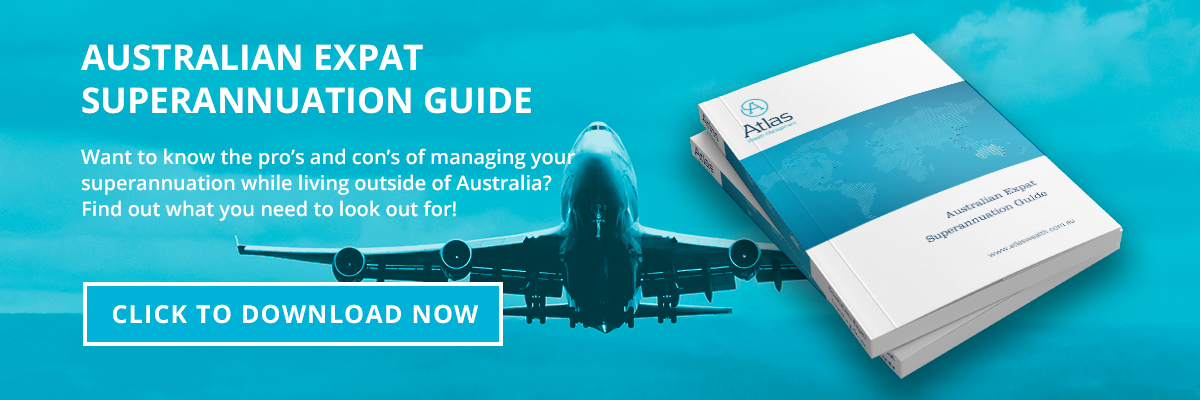Why Australian Expats Can’t Set Up a Self Managed Super Fund (SMSF) to Buy Property in Australia – Over the past few years, Self Managed Super Funds (SMSFs) have grown in popularity as a vehicle for Australians to take control of their retirement savings.
One attractive proposition for many is the ability to invest in property.
However, Australian expats face unique challenges and restrictions when trying to set up an SMSF to buy property in Australia.
Let’s delve into the specifics of why this is the case.
- Residency Rules:
The first and most crucial issue is the “central management and control” test. For an SMSF to maintain its complying status, it must be considered an Australian superannuation fund.
Among the criteria to meet this classification, the fund’s central management and control must ordinarily be in Australia.
This means the strategic decision-making processes and high-level functions should be conducted in Australia.
Expats, by nature of living abroad, often cannot satisfy this requirement. If they are found to be in breach, the SMSF can lose its complying status. This can lead to a significant tax penalty, with the fund’s assets being taxed at the highest marginal rate.
- Active Member Test:
Another hurdle is the ‘active member’ test. If an SMSF has active members who are providing super contributions and these active members reside overseas with a fund balance exceeding 50% of the total fund’s assets, then the fund can lose its tax concessions.
- Limited Property Types:
Even if an expat manages to navigate the complex residency rules, there are still restrictions on the types of properties that can be acquired using an SMSF.
The property must pass the ‘sole purpose test,’ meaning it’s purchased solely to provide retirement benefits to the members. This prohibits properties being bought for personal use or immediate benefit, such as a holiday home or a residence for a family member.
- Liquidity Concerns:
One of the primary responsibilities of SMSF trustees is to ensure that the fund remains liquid enough to meet its ongoing commitments. Properties are inherently non-liquid assets, and if an expat’s SMSF heavily invests in property and faces unexpected financial commitments, there may be difficulties in quickly converting assets to cash.
- Financing Complexities:
Borrowing within an SMSF is possible through a Limited Recourse Borrowing Arrangement (LRBA). However, obtaining finance as an expat can be more complicated due to limited lending options and stricter criteria. Lenders often see expats as higher risk, leading to higher interest rates or tougher loan conditions.
- Regulatory Changes and Considerations:
The regulatory environment surrounding SMSFs and property investments is in a constant state of flux. Australian expats, being geographically distanced, might not always be abreast of the latest changes, putting their funds at risk of non-compliance.
While the allure of investing in Australian property through an SMSF might seem attractive, Australian expats face a raft of challenges that make this option complex and, at times, unfeasible.
It’s always advisable for expats to seek guidance from professionals experienced in both Australian superannuation law and the unique circumstances faced by expatriates.

